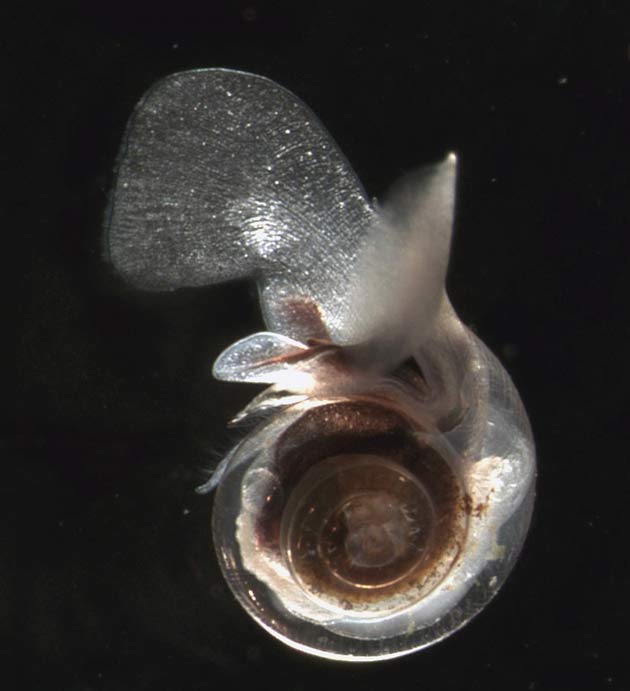Pacific Ocean Grows More Acidic

Scientists recently traveled from Tahiti to Alaska, testing the waters of the Pacific Ocean and finding a considerable rise in the ocean's acidity.
The Pacific has grown more acidic over the past 15 years largely because of the water's intake of carbon dioxide released by humans burning fossil fuels, the researchers said. The study found a decrease of about 0.025 units in pH, which indicates the rise in acidity.
The findings are consistent with previous studies done in other oceans.
The seas serve as the biggest reservoirs for carbon dioxide belched by burning oil, gas and coal. They absorb about a third of the carbon dioxide humans put into the atmosphere each year.
Scientists say the oceans will absorb about 90 percent of carbon dioxide produced by humans during the next millennium.
As carbon dioxide levels in oceans climb, marine life suffers.
Skeletons of pteropods, free-swimming planktonic mollusks, grow at a slowed pace in waters laden with carbon dioxide. These mollusks serve as an important food source for North Pacific salmon, mackerel, herring and cod.
Get the world’s most fascinating discoveries delivered straight to your inbox.
Similar detrimental effects in microscopic algae and animals could impact marine food webs and significantly change the biodiversity and productivity of the ocean, said team member Victoria Fabry of California State University, San Marcos.
"As humans continue along the path of unintended carbon dioxide sequestration in the surface oceans, the impacts of marine ecosystems will be direct and profound," Fabry said.
The research cruise ended last week in Kodiak, Alaska. The results were announced yesterday by the National Oceanic and Atmospheric Administration.


